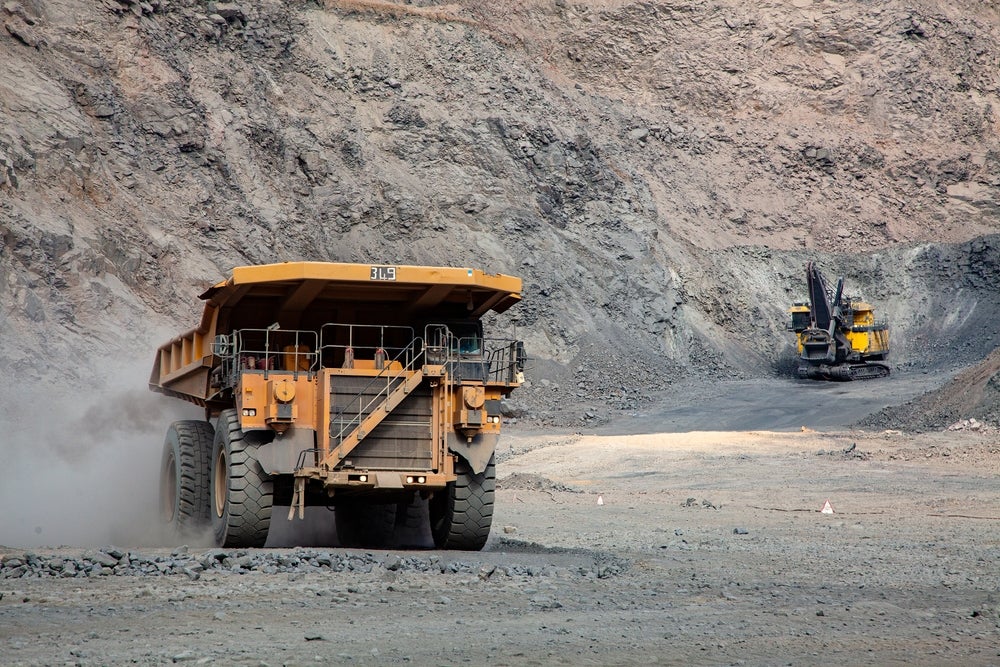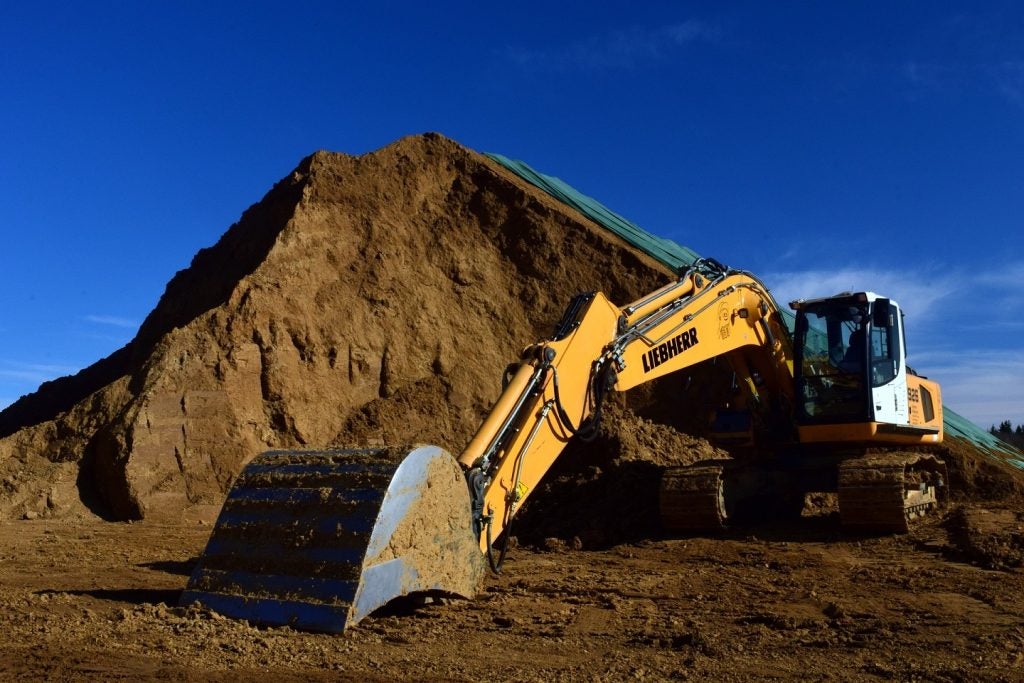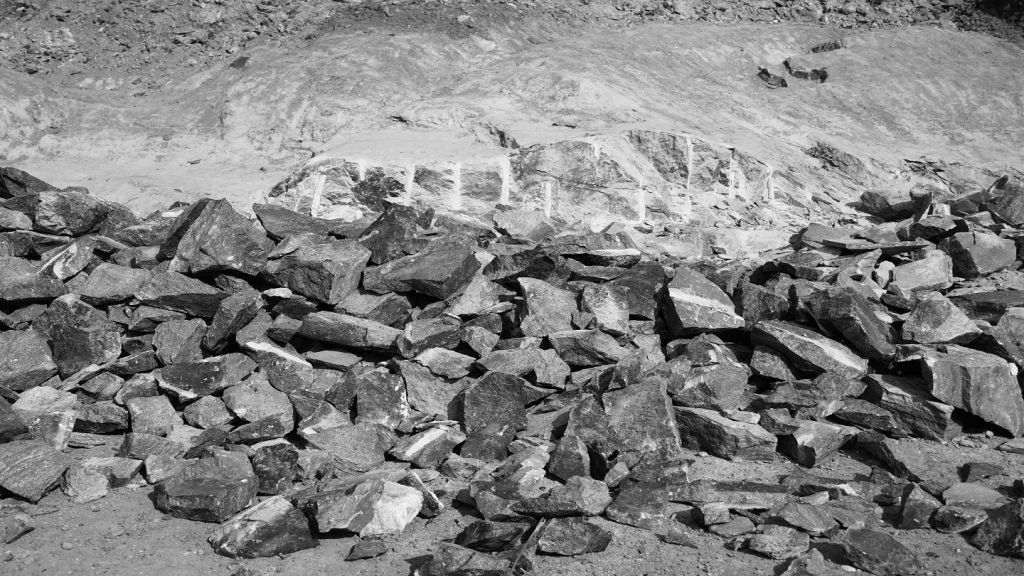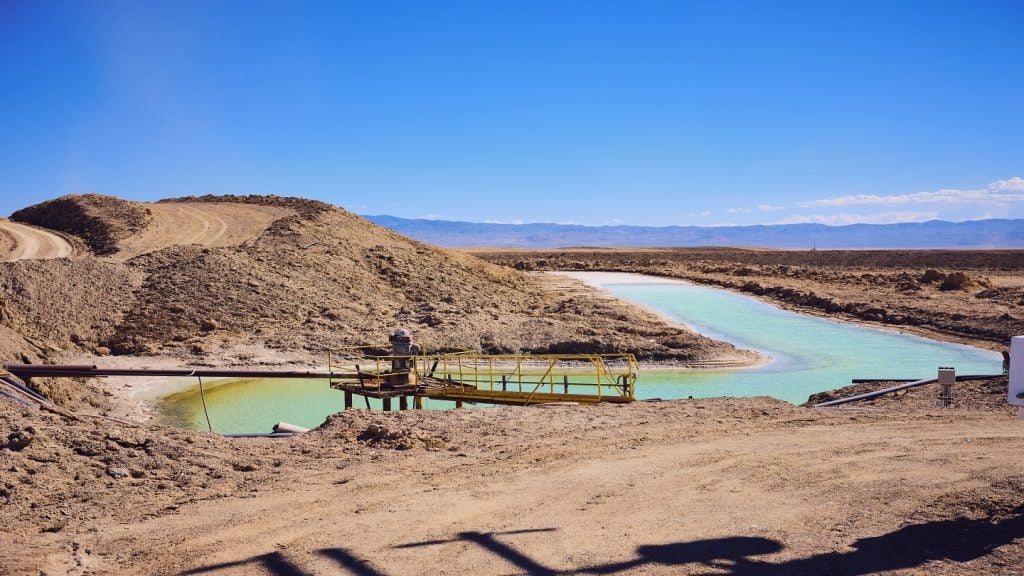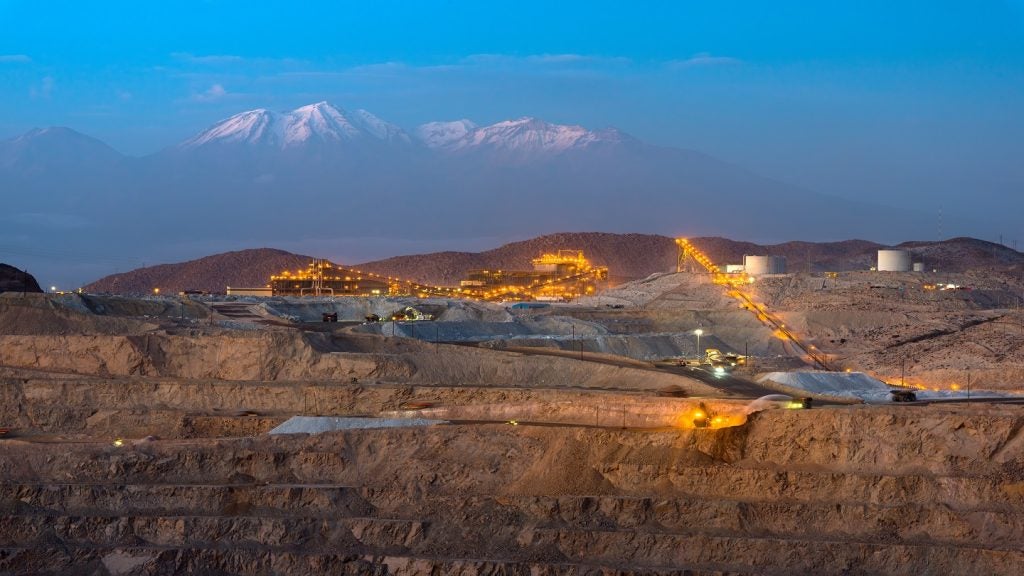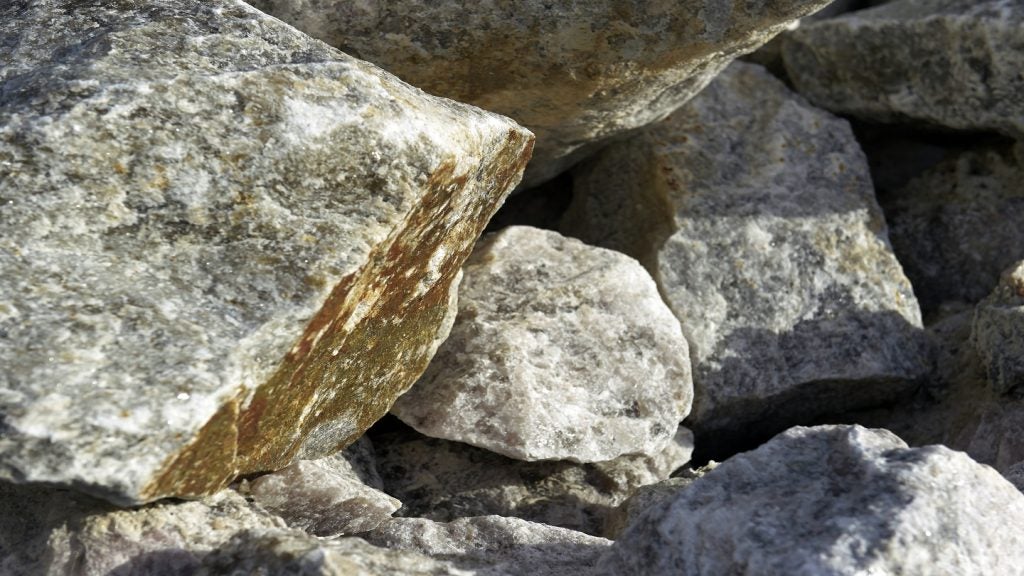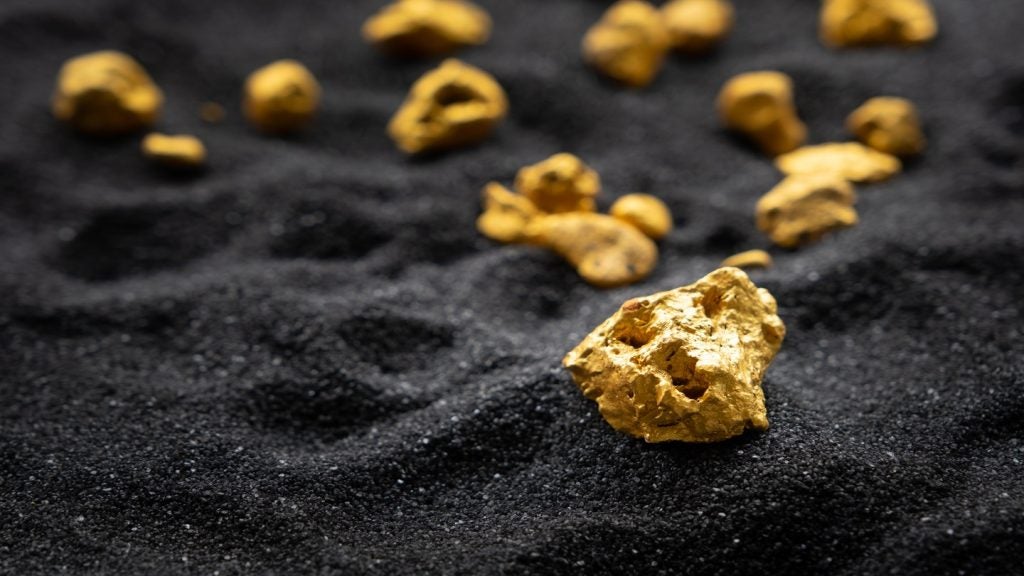Australia is home to many of the world's richest critical mineral reserves.
Furthermore, the country is a major raw material producer and aims to become a key player in the global critical minerals sector.
Investments in processing and manufacturing capabilities, along with supportive policies and international alliances, aim to reduce the country’s reliance on China, which currently dominates the market.
Why are critical minerals important in the global minerals space?
Critical minerals are the twenty-first century’s oil barrels.
Today's five key critical minerals are lithium, cobalt, copper, nickel, and rare earth elements (REEs).
REEs are elements that belong to the lanthanide series of the periodic table.
REEs and critical minerals are essential to consumer electronics and energy transition technologies (batteries, semiconductors, and wind turbines, for example).
Their demand is mainly driven by the net-zero goals of developed countries, therefore, their role in the supply chain contributes to these countries’ economic prosperity and national security.
Australia’s position in the critical mineral supply chain
Being a leading raw material producer is insufficient for a country to position itself in the global critical mineral sector.
It needs to make investments to become a downstream processor.
While Australia is well-positioned from a critical mineral reserves standpoint, the country is struggling to become a favoured supplier to the downstream global market.
More investments need to be made in its processing and manufacturing capabilities.
As a first step, in April 2022, Iluka Resources committed to building Australia's first RREs refinery to diversify the country’s critical minerals supply away from China.
In March 2024, Australia's national government agreed to invest A$840m ($550m) in the Arafura rare earth project, located in Central Australia, to develop the country's first combined rare earth mine and processing facility.
Policy will also play a role in the Australian plan.
Policies and incentives must take aim at foreign investments and the country’s control of its resources, but they must also consider the mitigation of national security risks.
In June 2023, the Australian national government released its Critical Minerals Strategy 2023-2030 initiative, setting out its vision to grow Australia’s critical minerals sector.
Later in December 2023, Australia and the US made an alliance, the Critical Minerals and Clean Energy Transformation Compact, to enhance cooperation in terms of policies and investments in the critical minerals supply chain.
Competition with China
Behind Australia’s investments and policies is the primary aim to reduce reliance on China, which has dominated the global critical minerals supply for decades.
By doing this, Australia will be less exposed to fluctuating commodity prices.
According to leading data and analytics company GlobalData in its Critical Minerals report, China currently accounts for over 60% of REE mining, over 80% of rare earth refinement and processing, and more than 90% of rare earth magnet production.
China has major critical mineral reserves, supported by substantial state financing and loose environmental regulations.
As a result, China dominates much of the critical mineral refinement and processing market.
Australia is already a strong contender in the lithium mineral market; however, its rare earth industry is less developed than China’s.
Nevertheless, Australia’s mineral wealth presents a strong opportunity to diversify mineral supply chains outside of China.
Australia has what it takes to compete with China but government financing, regulatory support, and international cooperation will be essential.


